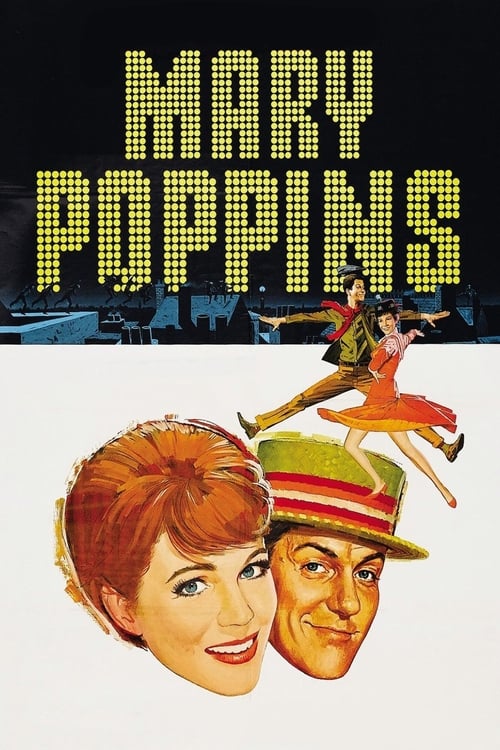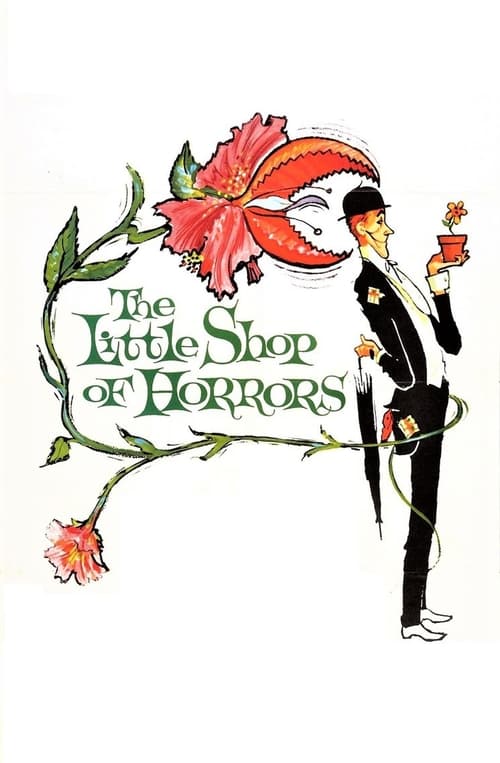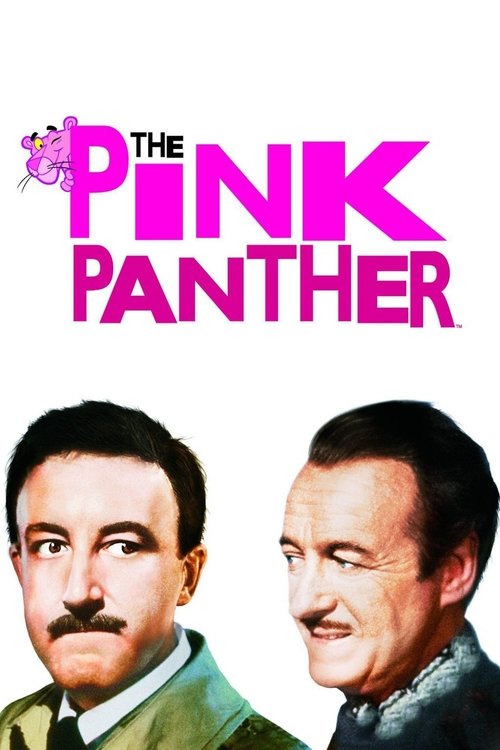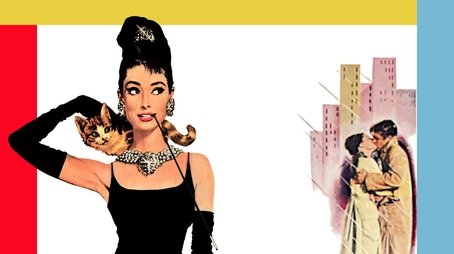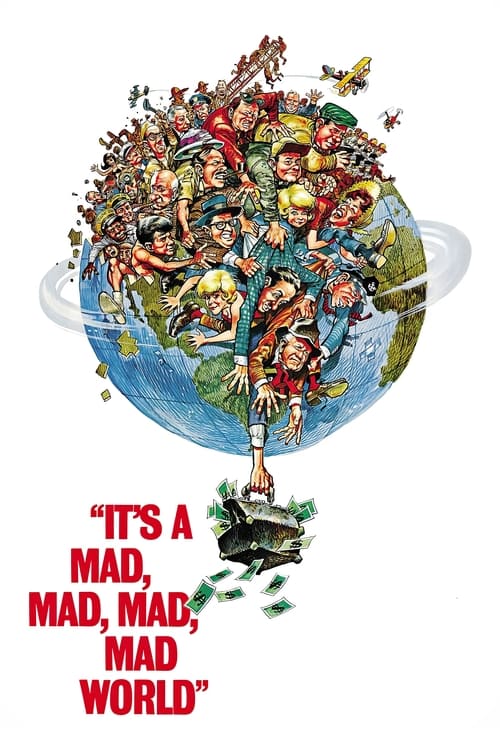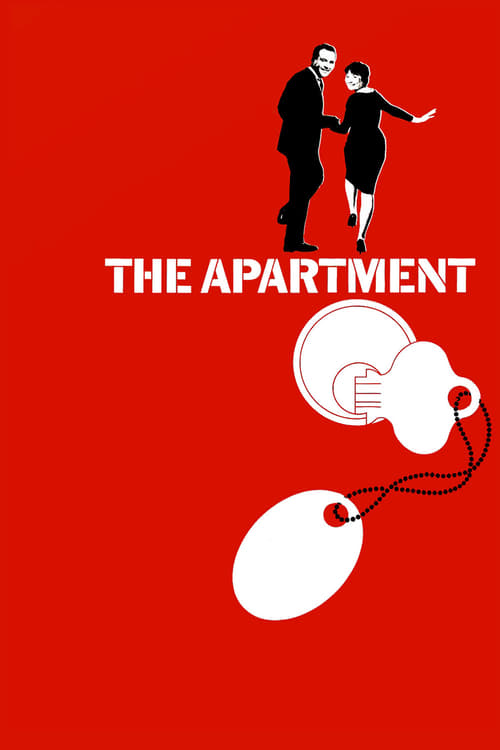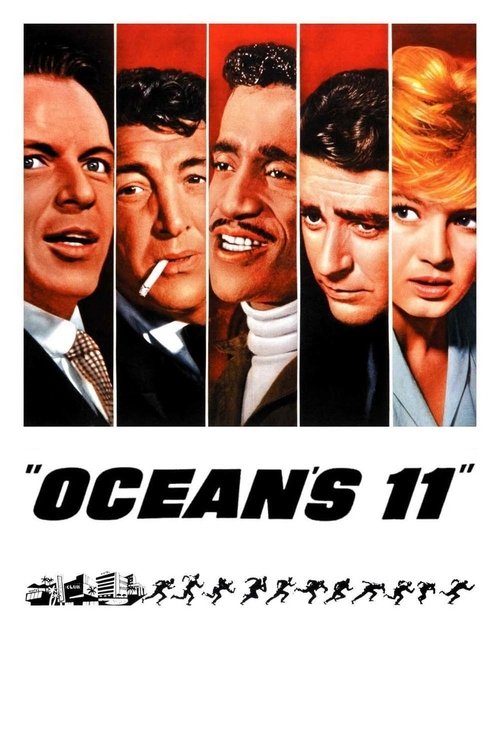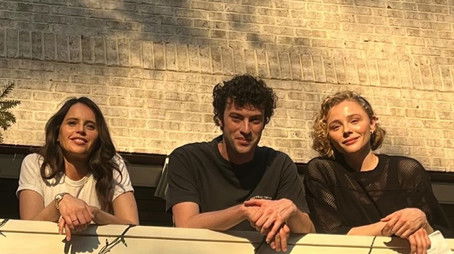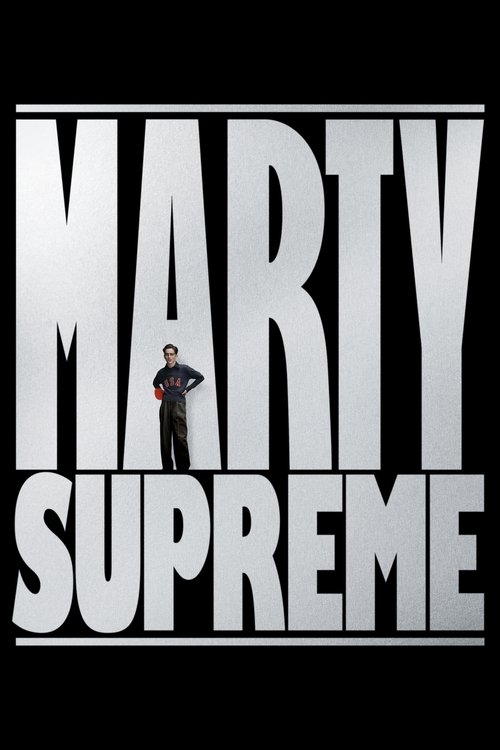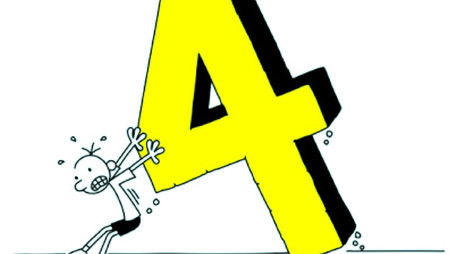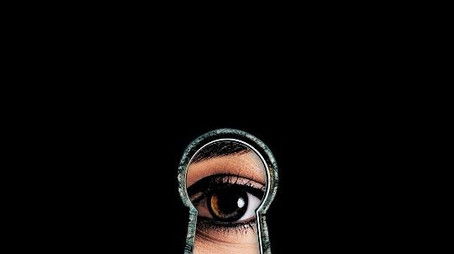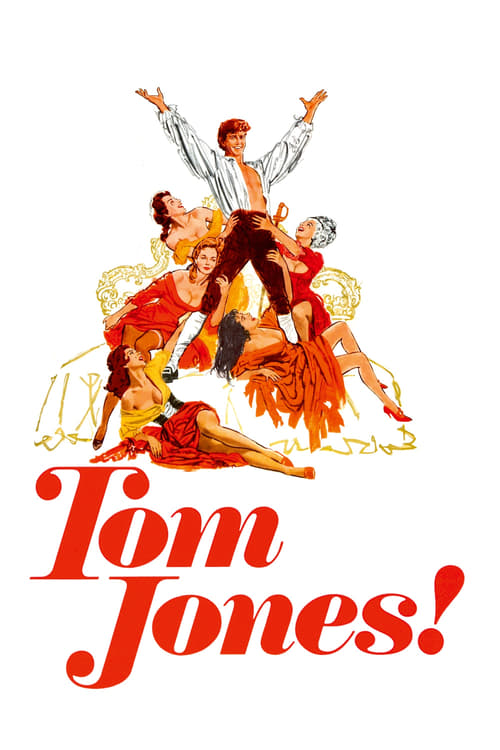
Ask Your Own Question
What is the plot?
The morning air over Edwardian London in 1910 is thick with anticipation and change. At 17 Cherry Tree Lane, the Banks household is in disarray. Winifred Banks, a spirited suffragette, returns home from a rally, her mind still buzzing with speeches about women's rights. She is met by the housekeeper, Ellen, who delivers unwelcome news: Jane and Michael Banks, her two young children, have run away--again--for the fourth time that week. Their exasperated nanny, Katie Nanna, has quit in frustration, leaving the household without a caretaker for the children.
As evening falls, George Banks, the stern and ambitious father, returns from his position at the bank. He is a man of routine, order, and discipline, and the chaos at home unsettles him. Determined to restore order, he places a newspaper advertisement seeking a "stern, no-nonsense nanny." Unbeknownst to him, Jane and Michael have written their own advertisement, pleading for a "kind, sympathetic nanny." When George discovers their letter, he dismisses it as childish nonsense, tearing it to pieces and casting the scraps into the fireplace. But a mysterious wind--almost sentient--lifts the fragments up the chimney and into the night sky, as if carrying the children's wishes to some magical recipient.
The next morning, the front yard of 17 Cherry Tree Lane is crowded with elderly, sour-faced nannies, each hoping to secure the position. The air is tense, the children wary. Suddenly, a powerful gust of wind sweeps through, scattering the hopefuls and leaving the yard empty. Then, from the clouds above, a figure descends--graceful, enigmatic, floating down with an open umbrella. She lands lightly on the pavement, her carpetbag in hand, and calmly approaches the door. She is Mary Poppins.
Mary Poppins, holding the children's restored advertisement, introduces herself to the astonished George Banks. "I am the new nanny," she declares, her voice both firm and musical. George, flustered, protests, but Mary deftly maneuvers the conversation, agreeing to his terms while subtly ensuring she meets the children's desires. "I shall be firm, but kind," she promises, her eyes twinkling with hidden knowledge. George, outmaneuvered, reluctantly agrees to a trial period.
Upstairs, Mary Poppins meets Jane and Michael in their cluttered nursery. The children are skeptical, but Mary's calm authority and playful spirit quickly win them over. With a snap of her fingers and a song--"A Spoonful of Sugar"--she transforms the tedious chore of cleaning into a magical spectacle. Toys march themselves into place, clothes fold on their own, and the room sparkles as if by enchantment. The children watch, wide-eyed, as Mary unpacks her seemingly bottomless carpetbag, producing a hat rack, a mirror, a lamp, and more--each item impossibly large for the bag itself.
The next day, Mary takes Jane and Michael to the park, where they meet Bert, a cheerful chimney sweep and old friend of Mary's. Bert is creating vivid chalk drawings on the pavement, and with a sprinkle of Mary's magic, the children step into one of his pictures--a lush, animated countryside where penguins dance, barnyard animals sing, and merry-go-round horses come alive. The trio embarks on a "Jolly Holiday," racing through fields, joining a fox hunt, and even participating in a derby, all within the bounds of Bert's imagination brought to life by Mary's powers.
Back at Cherry Tree Lane, George Banks remains preoccupied with his work, distant from his family. Winifred, though loving, is absorbed in her activism. The children, sensing their parents' emotional absence, act out--not out of malice, but from a longing for connection. Mary Poppins, perceptive and patient, continues to guide them, teaching through song and story. "In every job that must be done, there is an element of fun," she sings, her voice both soothing and commanding.
One afternoon, Mary takes Jane and Michael to visit their father at the bank. George, ever the disciplinarian, insists the children invest their tuppence in the bank, ignoring their protests. But the visit takes a surreal turn when Bert, disguised as a one-man band, leads a crowd in a riotous song outside the bank. Inside, Michael, upset at losing his money, cries out, "Give me back my money!" The commotion causes a near riot, with customers mistaking the uproar for a bank run. The bank's elderly manager, Mr. Dawes Senior, is scandalized. George, humiliated and powerless to restore order, is summarily dismissed from his position.
That evening, George Banks returns home, his world shattered. He sits alone in the parlor, staring into the fire, burdened by shame and uncertainty. The family's future seems bleak. But as he broods, he notices a tuppence--the very coin Michael had tried to deposit. He picks it up, and suddenly, Mary Poppins's voice echoes in his mind: "Supercalifragilisticexpialidocious." He begins to laugh--a genuine, cathartic laugh that breaks the tension. The sound is infectious; even Mr. Dawes Senior, who has followed George home, finds himself laughing uncontrollably. The spell is broken; George's perspective shifts. He realizes the absurdity of his former rigidity and the preciousness of the time he has with his children.
The next morning, George is a changed man. He retrieves the kite he had once broken in a fit of frustration and begins to repair it, his hands gentle, his heart light. Jane and Michael watch, hopeful. Winifred, sensing the shift, joins them. Together, the family ventures into the park, the kite soaring high above them, a symbol of their renewed unity and joy. George, once stern and distant, now laughs and plays with his children, his face alight with genuine happiness.
Mary Poppins, her work complete, observes the scene from a distance. She has never sought thanks or recognition; her mission was always to heal, not to be celebrated. As the family flies their kite, Mary opens her umbrella, and a familiar wind catches her. She rises into the sky, her figure growing smaller against the clouds. Jane and Michael call out to her, but Mary simply smiles, her gaze knowing. "I shall stay until the wind changes," she had once said--and now, the wind has changed.
The film ends with the Banks family united, their home filled with laughter and warmth. George has learned the value of love and presence over duty and discipline. Winifred's activism is balanced by her renewed focus on her family. Jane and Michael, no longer seeking attention through mischief, are content and secure. And though Mary Poppins is gone, her spirit lingers--in the songs they sing, the games they play, and the memories they cherish.
No one dies in Mary Poppins. There are no villains, only human flaws and the possibility of redemption. The confrontations--between George and his children, George and Mary, George and his employer--are resolved through understanding, laughter, and love. The major revelation is that Mary Poppins came not to fix the children, but to heal the entire family, especially George Banks, whose transformation is the heart of the story. The kite, once a symbol of brokenness, now soars as a testament to the family's renewal. And Mary Poppins, ever enigmatic, departs as mysteriously as she arrived, her mission accomplished, her legacy enduring in the hearts of those she touched.
More Movies Like This
Browse All Movies →
What is the ending?
Short Narrative Ending: In the end of "Mary Poppins," the Banks family, having gone through a transformative journey with Mary Poppins, realizes the importance of family and joy. After a magical day filled with adventure, the wind (symbolizing change) shifts, and Mary Poppins prepares to leave. The family comes together, and Mr. Banks finally understands the value of treasuring moments with his children. As Mary Poppins departs, she floats away with her umbrella, leaving the family united and happier than before.
Expanded Narrative Ending: As the film "Mary Poppins" reaches its conclusion, everything culminates during a delightful yet poignant scene in the Banks household. After an enchanting adventure filled with laughter, magic, and whimsical experiences, Mary Poppins realizes it's time for her journey to come to an end. The wind, a recurring theme throughout the film symbolizing change, picks up, signaling her departure.
Mr. Banks, who has been consumed by his job and societal expectations, arrives home to find his children full of joy from their recent adventures with Mary. He watches them play and begins to understand that their happiness is far more important than his rigid adherence to work. More importantly, he learns to appreciate the moments that matter with his children, instead of dismissing them as distractions.
As Mary Poppins prepares to leave, the family gathers to bid her farewell. The final moments are bittersweet; although they are sad to see her go, they have been profoundly changed by her presence. Mary, with her magical umbrella, takes off into the sky, embodying the themes of love and cherishing familial bonds. The story closes with Mr. Banks finally understanding that being present for his children and finding joy in the small things is crucial. This transformation not only strengthens the family unit but also emphasizes the importance of balance in one's life--between work and familial responsibilities.
In summarizing the ending, it's significant to note that the key takeaway here is the value of embracing joy and connection within a family. The story beautifully conveys that true happiness stems from love and unity, highlighting the need for parents to prioritize relationships with their children over societal pressures and expectations. This lesson resonates with viewers, reminding them of the importance of balance and the magic that can come from simply being together.

